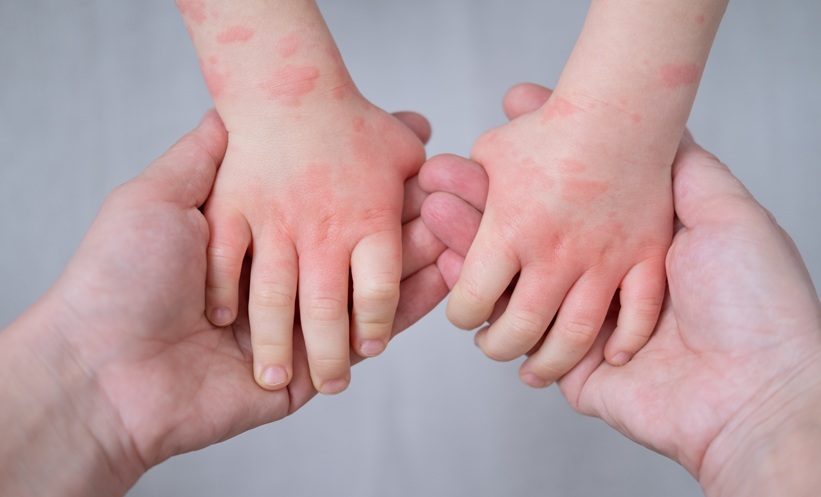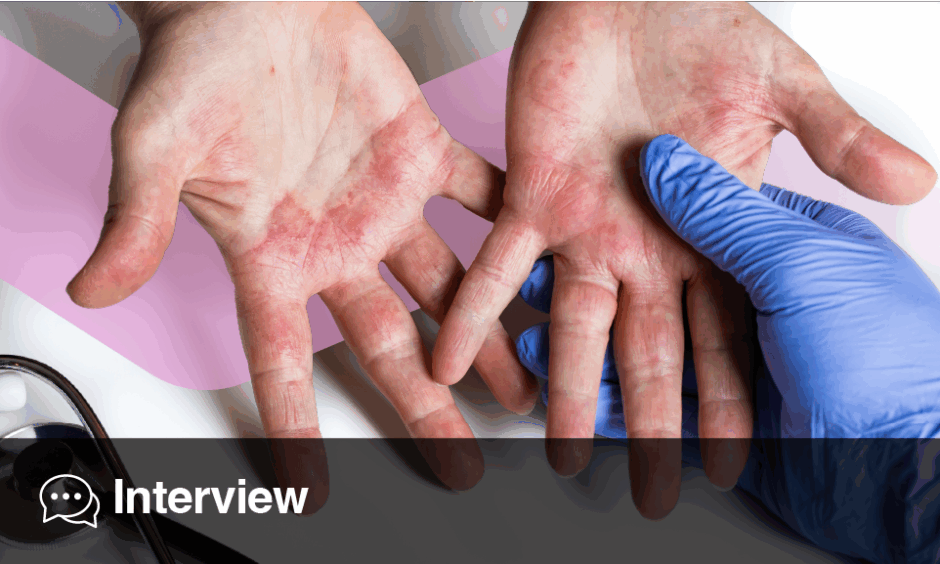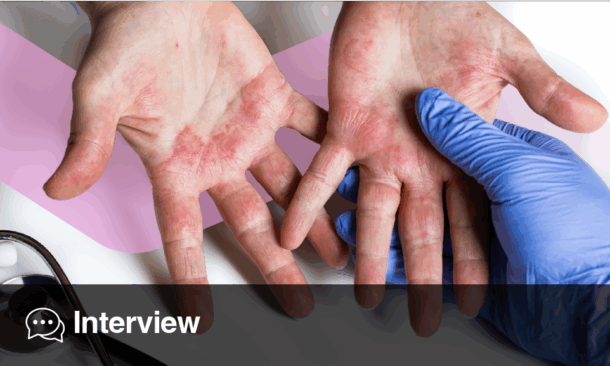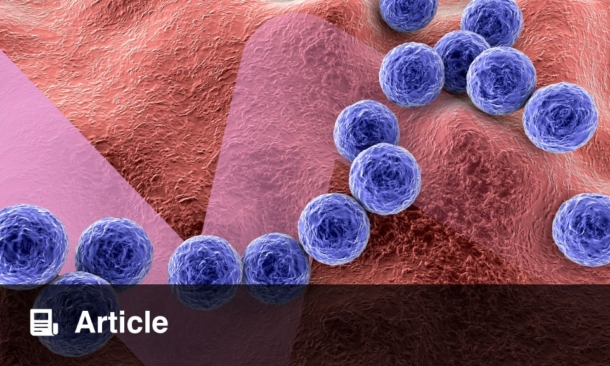ATOPIC dermatitis (AD), a chronic inflammatory skin condition, remains one of the most common and burdensome diseases affecting children in Europe and the United States. Affecting up to 20% of children, the condition often begins in early life, with around 80% of cases appearing within the first few years. Despite some improvement with age, up to 60% of individuals continue to experience relapses into adolescence.
The condition significantly impacts patients’ quality of life (QoL), contributing to sleep disturbances, anxiety, depression, and reduced day-to-day functioning. AD frequently coexists with other allergic conditions such as asthma and allergic rhinitis, compounding the disease burden.
While various topical and systemic treatments exist, there is no definitive cure. Safety concerns surrounding certain therapies in children often lead to suboptimal management. Emerging treatment options have expanded the landscape, particularly for moderate-to-severe AD in younger populations. However, real-world data on the impact of AD in paediatric and adolescent patients remain limited.
This study, conducted across the US and Europe, assessed the patient- and caregiver-reported burden of moderate-to-severe AD. Findings revealed that adolescents experience a greater emotional impact, often linked to visible symptoms, such as red, widespread rashes. These visual aspects, coupled with interference in daily activities, were cited as the most bothersome. Adolescents also reported higher levels of anxiety or worry about their skin.
In contrast, paediatric patients were more likely to report sleep disruption as their main concern, often linked with itching, though notably, sleep issues persisted independently of itch. Sleep disruption has known consequences for concentration, behaviour, and mood, making it a critical concern in younger children.
Despite moderate-to-severe symptoms, many patients, particularly children, were not receiving appropriate treatment. Topical corticosteroids were the most commonly prescribed therapy, though paediatric patients were more likely to rely on non-pharmacological methods such as bleach baths and wet wraps, or to be without any current treatment.
Although the study had some limitations, including potential selection and recall bias, it provides valuable insight into the distinct burdens of AD by age group and highlights the need for better-tailored and more proactive treatment approaches.
Reference
Eichenfield LF et al. Patient-reported impact of atopic dermatitis on pediatric and adolescent patients with moderate-to-severe disease: results of a real-world, cross-sectional survey. Pediatr Dermatol. 2025;DOI:10.1111/pde.15940.








